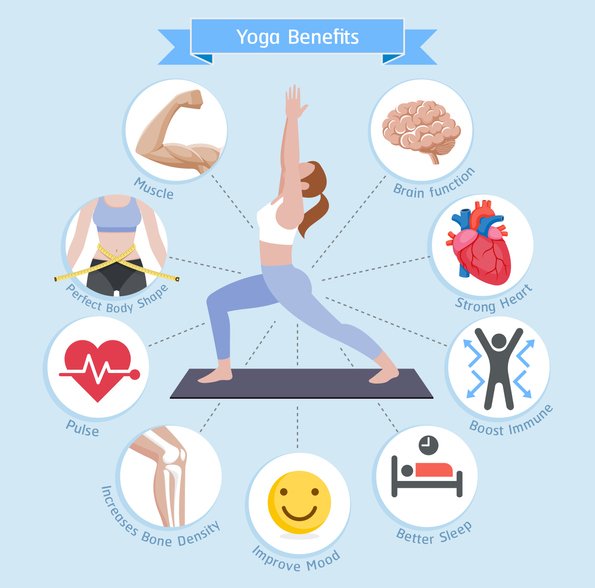Yoga is an ancient practice with roots in India, dating back thousands of years. Its essence lies in uniting the body, mind, and spirit into one harmonious whole. The word yoga comes from the Sanskrit root yuj, which means "to join" or "to unite." Traditionally, the purpose of yoga was spiritual growth and enlightenment through self-discipline, meditation, and breath control.
Today, yoga has evolved into a globally practiced discipline that serves various purposes – some people practice it for physical health, others for emotional balance, and many for spiritual connection. With its many styles – from the gentle yin yoga to dynamic ashtanga, each form invites us toward the same destination: returning to ourselves. Yoga’s power lies in its inclusivity – it’s accessible to people of all ages, genders, and levels of physical ability.
To many, yoga is still associated with impressive poses that require extreme flexibility. However, true yoga is not about perfect postures but about being present in the moment, connecting with the breath, the body, and one’s inner world.
Each asana (pose) in yoga is an invitation to observe, not to "achieve" – to feel how the body responds, where tension is held, and what emotions arise during movement. Yoga teaches us to accept ourselves – whether we’re stiff, tired, or restless. It encourages us to let go of comparison, pressure, and judgment. It’s a unique practice that helps us surrender control and trust the wisdom of the body.
Modern research increasingly confirms what yogis have known for centuries – yoga has a profound impact on both physical and mental health. On a physical level, yoga:
On a psychological level, yoga:
Through conscious breathing (pranayama), meditative movement, and stillness, yoga becomes a powerful tool for emotional release, mental clarity, and the restoration of inner peace.

Yoga doesn’t require expensive equipment, special studios, or hours of time. Even just 10 minutes a day can be transformative – if practiced mindfully and consistently. Yoga teaches us that each day is a new opportunity to reconnect with ourselves. A brief morning breath practice or an evening stretch can completely shift our energy and outlook.
Daily practices might include:
What matters most is not how long you practice, but how present you are while practicing. Even short, regular sessions can make a deep impact on your well-being and emotional balance.
Many of us believe that peace is something we will experience “someday” – when we have less stress, when we’re on vacation, when life calms down. But yoga teaches the opposite – peace is found in the present moment, in our ability to stop, breathe, listen, and simply be.
Yoga reminds us that peace is not an external destination, but an inner state of being. Through breath, movement, silence, and awareness, we learn to trust the flow of life. Inner stillness becomes not just a fleeting moment, but a state we can return to – even in the midst of chaos.
Yoga is not about perfection, but about authenticity, presence, and compassion. Each step on the mat is a step closer to your true self.
Yoga is a path, not a goal. A path to peace, to stillness, to conscious living. Yoga invites us to live not mechanically, but with attention, with heart, with gentleness toward ourselves. As we begin this practice, not only our posture or strength changes, but our entire perspective – we become more open, kind, and rooted in the present. Yoga is not an escape from life – it is a way to fully engage with it, wholeheartedly.
# joga # vidinė ramybė